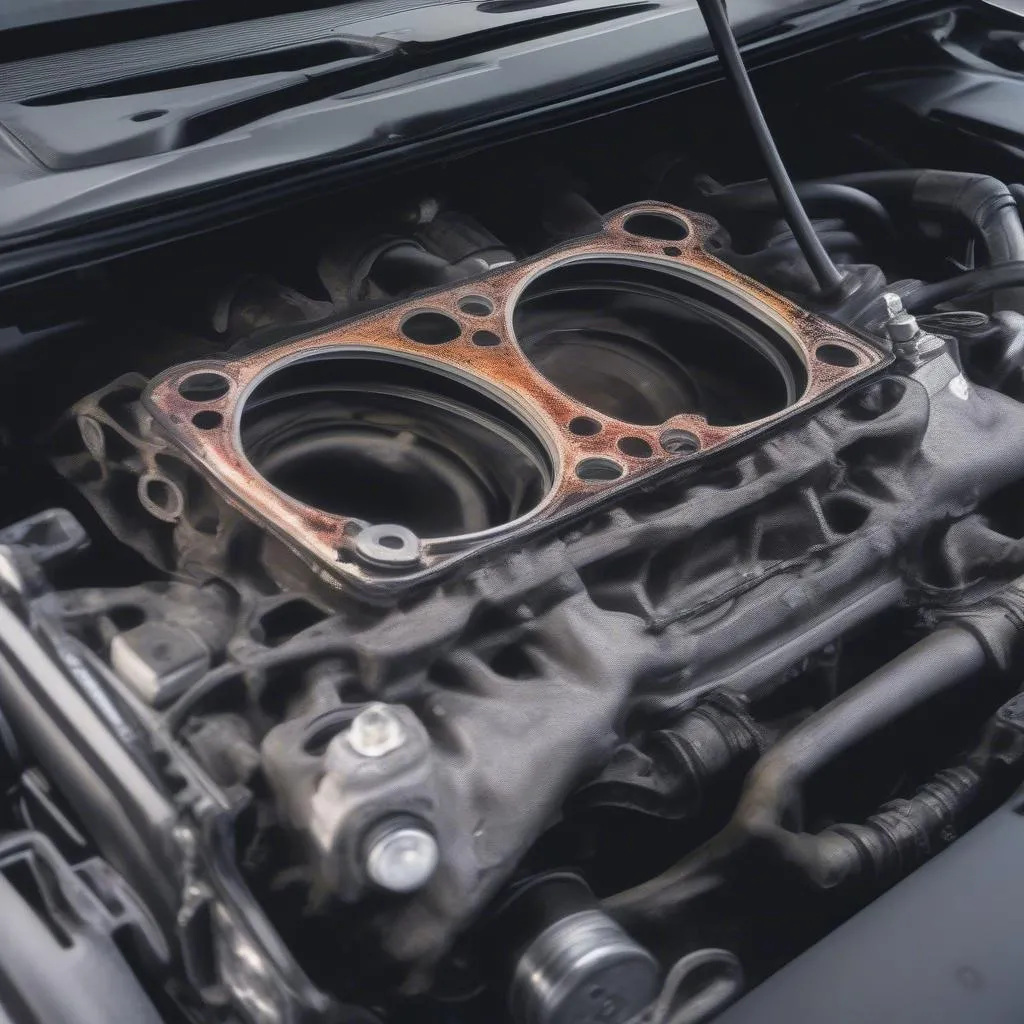The question on everyone’s mind in the 2022 Formula 1 season was: did Mercedes fix porpoising? This unsettling bouncing effect plagued the Mercedes W13, hindering its performance and raising concerns about driver safety. Let’s delve into how Mercedes tackled this aerodynamic challenge and what it means for the future of F1 car design.
The “porpoising” phenomenon, named after the up-and-down motion of a porpoise swimming, became synonymous with the new ground effect regulations introduced in 2022. These regulations aimed to improve racing by allowing cars to follow each other more closely, generating downforce through ground effect rather than complex aerodynamic appendages. However, this shift created an unforeseen problem: the oscillation of the cars at high speeds. For Mercedes, this issue was particularly pronounced, impacting the W13’s performance significantly. The team struggled to find a balance between generating downforce and controlling the porpoising.
Understanding the Porpoising Problem
The root cause of porpoising lies in the way ground effect aerodynamics work. As the car accelerates, the airflow under the floor creates downforce, sucking the car closer to the track surface. This increased proximity further enhances the downforce, creating a feedback loop. At a certain point, the airflow stalls, downforce is lost, and the car rises. This cycle repeats rapidly, resulting in the characteristic bouncing motion.
How Did Mercedes Address the Issue?
Mercedes adopted a multi-pronged approach to combat porpoising. Firstly, they experimented with ride height adjustments, seeking the sweet spot where downforce was maximized without triggering the oscillations. This proved to be a delicate balancing act. Secondly, they introduced aerodynamic updates, including revised floor designs and wing profiles, to optimize airflow and manage the pressure differentials that contribute to porpoising. They also investigated and refined their suspension setup to better absorb the vertical oscillations.
Furthermore, the team worked extensively on understanding the phenomenon through simulations and data analysis. This allowed them to identify the specific factors contributing to the porpoising on the W13 and develop targeted solutions. This process involved extensive testing, both on track and in the wind tunnel, to validate the effectiveness of their modifications.
Can Mercedes Fix Their F1 Car?
While Mercedes made significant progress in mitigating porpoising throughout the 2022 season, the W13 never fully recovered its competitive edge. The compromises required to manage the bouncing affected overall performance, leaving the team trailing Red Bull and Ferrari. The experience gained, however, proved invaluable in developing the 2023 challenger.
The Long-Term Implications of Porpoising
The porpoising saga highlights the complexities of ground effect aerodynamics. It forced teams to rethink their design philosophies and develop innovative solutions. how will mercedes fix porpoising provides a deeper dive into the solutions Mercedes employed. The lessons learned from the 2022 season will undoubtedly shape the future of F1 car design, influencing regulations and engineering approaches.
Has Porpoising Been Eliminated in F1?
While the extreme porpoising witnessed in 2022 has largely been mitigated, it remains a factor that teams must consider. The 2023 regulations include further adjustments to address the issue, with changes to floor edges and ride height requirements. However, the delicate balance between downforce and porpoising control will continue to be a challenge for engineers. can mercedes fix the porpoising discusses this ongoing battle.
Conclusion
The question “did Mercedes fix porpoising?” isn’t a simple yes or no. While Mercedes made substantial progress in managing the problem, it came at a cost to overall performance in 2022. The experience gained, however, has proved invaluable, and mercedes w13 fix shows how the team adapted. The porpoising phenomenon has undeniably shaped the future of F1, forcing the sport to grapple with the complexities of ground effect aerodynamics and its impact on car design and performance. how did mercedes fix porpoising explores the team’s journey in more detail.
FAQ
- What is porpoising in F1? Porpoising is the bouncing effect seen on F1 cars due to the ground effect aerodynamics.
- Why did porpoising occur in 2022? The new ground effect regulations introduced in 2022 contributed to the porpoising issue.
- How did Mercedes attempt to fix porpoising? They adjusted ride height, modified aerodynamic components, and refined their suspension setup.
- Was Mercedes successful in eliminating porpoising? They made significant progress, but it affected their overall performance in 2022.
- Will porpoising be a problem in future F1 seasons? It’s likely to remain a factor that teams must consider and manage.
- What are the long-term implications of porpoising? It has forced teams to rethink design philosophies and will influence future regulations.
- What other teams experienced porpoising? Most teams experienced some degree of porpoising, but Mercedes was particularly affected.
Need assistance? Contact us via Whatsapp: +1 (641) 206-8880, Email: CARDIAGTECH[email protected] or visit us at 276 Reock St, City of Orange, NJ 07050, United States. Our customer support team is available 24/7.

